Esthetic Planners Blogs

Lawrence Harpin, the eminent landscape architect says “if one can step for a moment into an outdoor space, no matter how small and get a glimpse of the sky and the smell of the earth, trees, and flowers, then the overwhelming scale and density of urban life can be largely overcome”.
When the architect designs, he is in actuality, acting in a 'living device.' Intervention may be destructive if inadequate attention is paid to the consequences of development, in particular its long-term ecological consequences. There will be no equilibrium between man and nature, but instead, there will be imbalance or paradox. In the long term, the general climate is likely to deteriorate. This is what nature is all about-the inter-relationship between living and non-living things and their habitat.
Landscape architecture is vital to the ecosystem for a variety of reasons. It requires fewer assets to be used, creates less garbage, encourages recycling where possible, and employs strategies that have long-term implications. Landscape architecture reflects on the interaction between humans and the environment.
As the world's population continues to grow, the demand for our resources increases. Landscape architects have long recognized that landscape is a living, breathing thing, and we can reap the perks of it in line with how much we spend on it.
So here is a list of 10 reasons why landscape architecture is important.
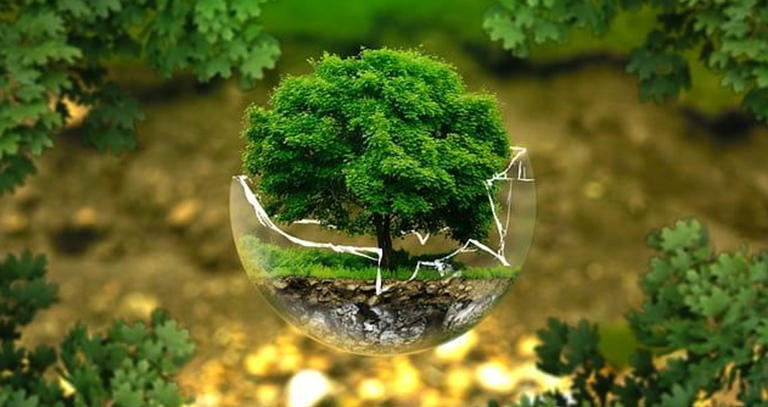
People want to live in a natural world full of vegetation and trees. Large cities also have plants and trees designed for their layout. You can see cement flooring and wooden walls in a new urban world, but you will still see plants in the spaces in and around them.
Today, people are more conscious of the value of environmental protection and, as a result, landscape design is now regarded as more significant than it used to be.
Landscape architecture addresses issues to many current environmental concerns, preserves the environment, and helps conserve national treasures.
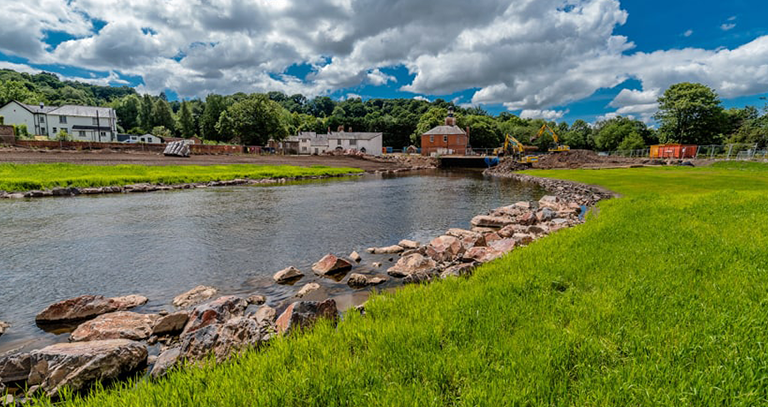
All industrial countries in the world have pollution problems, especially if they have factories there. Factories are needed to provide people with a source of economic growth and employment, but they are also harmful to the environment.
Consider putting several communal office plants in areas where employees can see them from their seats. Eye-catching varieties like the Zebra Plant, Red-Edge Dracaena, or the Bamboo Palm are great for sprucing up common spaces.
If the factory is an especially terrible polluter, it can leave the area unusable for a long time after the factory has gone.
These harmful results can be resolved by landscaping and planting after the environment has been cleaned up.
A great example of this is Westergasfabriek Park in Amsterdam.
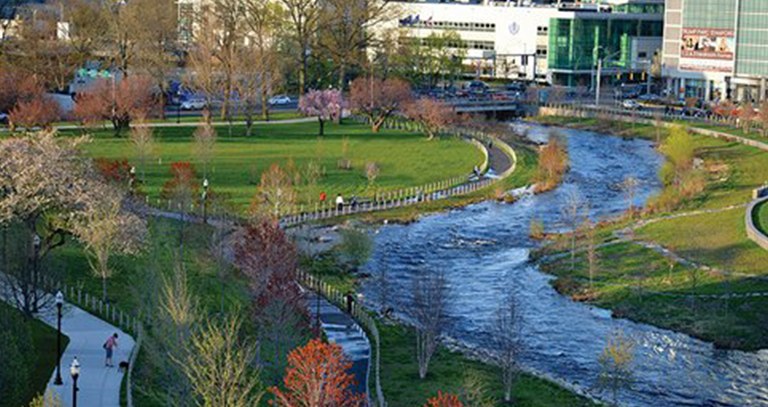
Changing climate and pollution have a serious impact on the supply of fresh water in many regions.
The endangerment of wetlands is a particularly serious problem because they have a great deal of biological diversity, filter stormwater, and control floods.
Landscape architecture safeguards wetlands and seeks natural solutions for storm-water management.
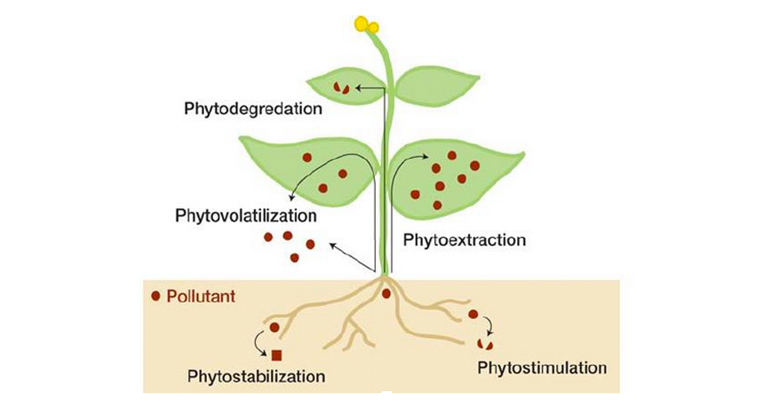
There is a significant amount of soil and water that is contaminated needs to be cleaned up. One manner to do this is by phytoremediation. Phytoremediation is a low-cost solution that involves living green plants for the removal, degradation, or containment of contaminants in soils, sludge, sediments, surface water, and groundwater. Simply put, plants are used to help clean up soil contaminants.
For example, in areas where the soil contains heavy metals and other toxins, phytoremediation can be successfully used to remove these substances.
It is, of course, a very cost-effective and visually pleasing solution that significantly affects soils, taking pollutants and metabolizing them into harmless by-products.
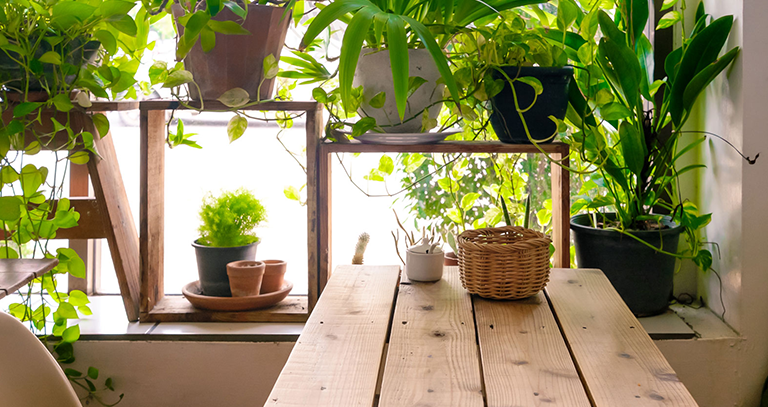
Since most people know, plants and trees emit oxygen, but fewer people know they still consume atmospheric contaminants. It helps to filter the air to make it safer. Everyone is concerned about outdoor air quality, but indoor air quality can be addressed through NASA research plants.

We all know that plants and trees are valuable to us. Landscape architecture aims to preserve and take care of them. In order to allow plants to grow properly, they need good soil quality, the right amount of water, the right degree of sun exposure, and the prevention of pests. Landscape architecture takes all these factors into account when choosing the best plant composition and location.
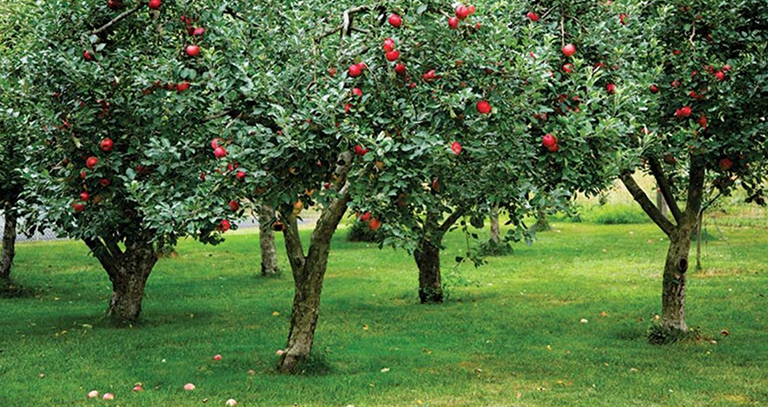
Landscape architects also endorse concepts such as orchards in crowded cities, which look good, produce oxygen and promote social well-being, and produce nutritious fruits.
Cultivating orchards in cities is a strong educational opportunity for children to learn how to cultivate and produce their own food and socialize.
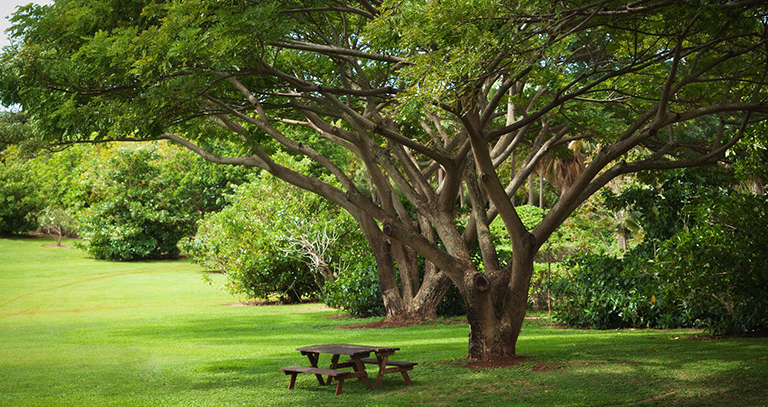
It may be fun to sit under a tree, but it also has a significant practical impact – trees have a cooling effect. This is especially significant in the urban environment, where concrete buildings increase heat and their density does not afford open green spaces.
Small parks, known as 'pocket parks,' are a successful alternative. They have the cover of the sun and a quiet, relaxing place to go in a busy urban world.

Landscape architecture offers an urban leisure zone. This enhances the consistency of the physical well-being of the local community, allowing them more options for relaxation and a chance to provide social interactions with other people who use the property.
Spending some time outdoors with nature even by just walking, has quite a positive impact on people's state of mind and attitude. So having more green spaces is linked to having improved mental wellbeing. Spending time outside often facilitates social contact with friends you have chosen to go with or new people you encounter in this social environment.